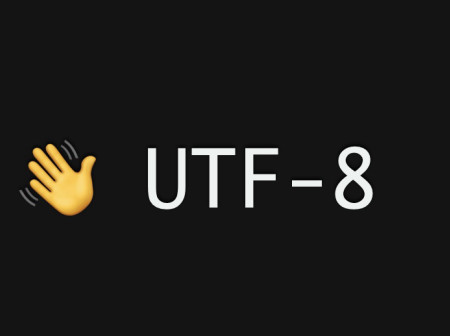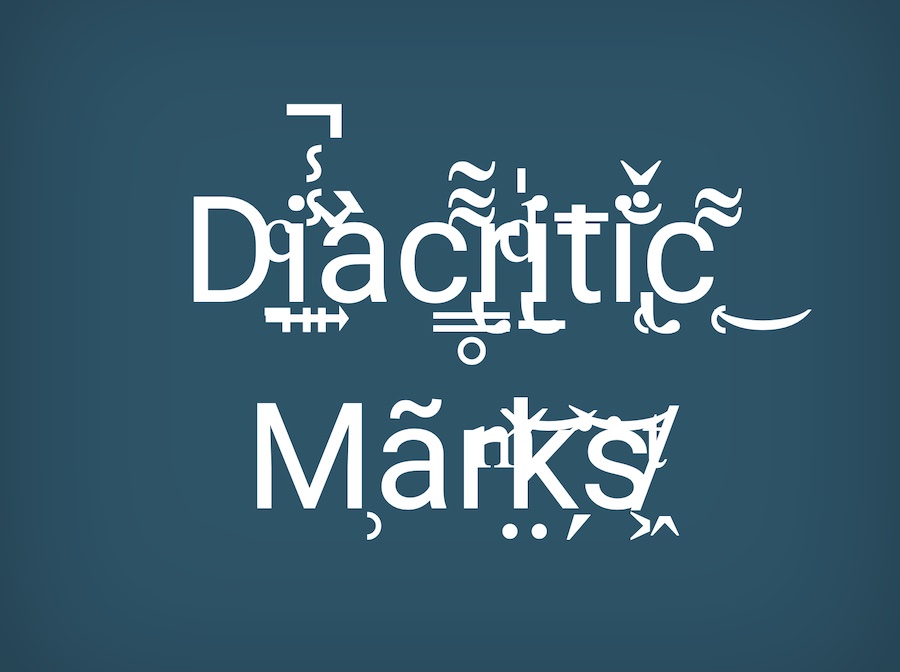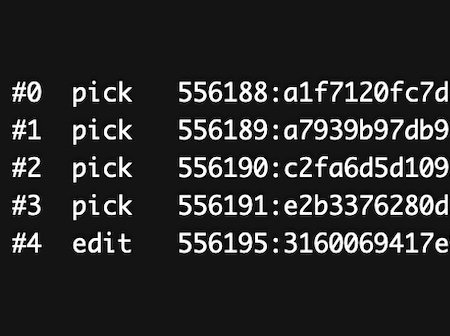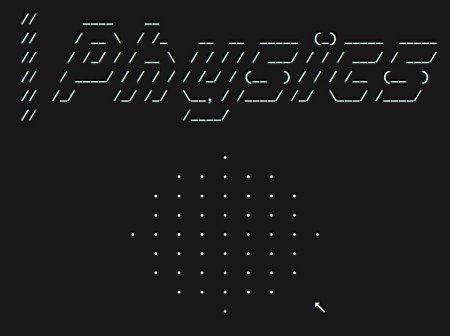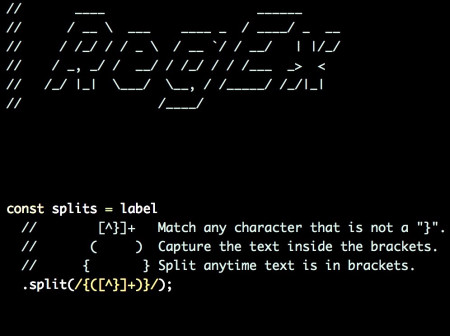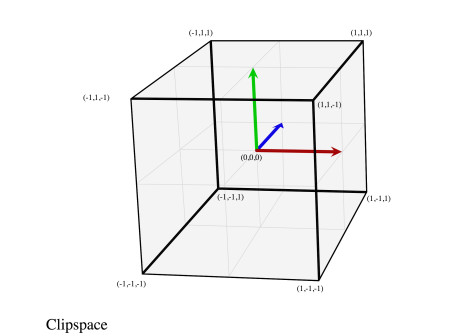Datasets - How Neural Machine Translation Works
I’m currently working on training client-side translation models for Firefox. These models are small distilled models that can be reasonably downloaded by our users, and run directly on their machines using the CPU. In this article I’m going to explain from a high level how machine translations works.
The dataIn order for a translation model to begin learning, it first needs data–a lot of data. This data comes in the form of “sentence pairs”. A “sentence”…


